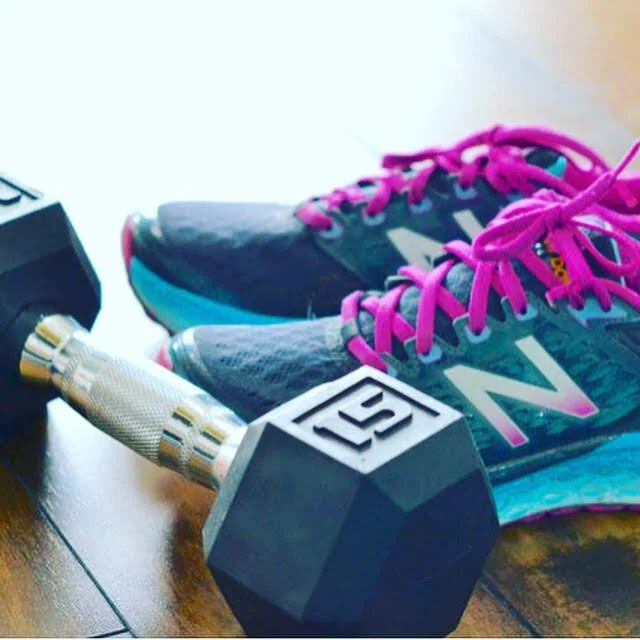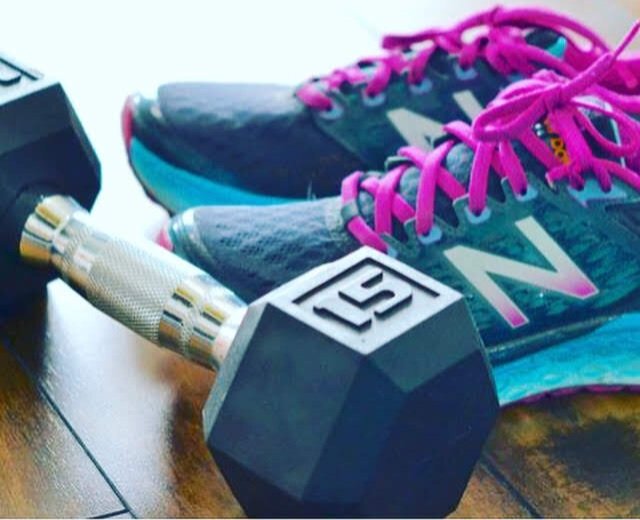Most food marketers want to trick and deceive you. They don't care about your health, they just want you to buy their food. It's their job, of course, to sell and market food. I would say you can't blame the food companies for wanting to make money if it wasn't so blatantly deceiving and actively hurting people. It is just wrong.
Well-meaning people make nutrition decisions based on food marketing packaging and are deceived into buying less-than healthy food that they believe to be healthy. Most of the time these people are just trying to make the best decisions for their families, they don't have a lot of time or resources to dig deeper into nutrition, so they take it at face value. Food marketers are two-faced. Their marketing says one thing, but the nutrition label and ingredients list usually reveals the truth.
If we wonder why so many people are having trouble meeting their health and fitness goals one factor could be misleading food labels. People think they are making healthier choices, when they are not.
Here are a few marketing labels to look out for in the grocery store to make sure you are making smart healthy choices. I'm not suggesting that you should never eat a morsel of unhealthy food again (balance is important), I just want you to be aware that food labels can be misleading. The good news is that the truth of these deceiving labels can be uncovered by reading the nutrition label and ingredient list.
OUTSMART THE FOOD COMPANIES TO MAKE HEALTHIER CHOICES
Fat-Free
When a package has a fat free label, it may be true that the product is free of fat, but it doesn't mean it is any healthier than a product containing fat. Most of the time, when fat is removed they add sugar so it still tastes good. Replacing fat with sugar is not a healthy choice. It's often a better choice to eat the full fat version of the product. Read the nutrition label and consider the calorie, sugar and fat intake the make the best decision.
Organic
It can be a healthy choice to buy organic vegetables, but just because a product boasts an organic label does not automatically make it healthy. Organic processed foods can be packed with fat, sugar and a ton of unhealthy calories. Processed organic foods are still unhealthy processed foods. For best results choose whole foods whenever possible.
Gluten-Free
Unless you are allergic to gluten, there is no benefit to eating gluten-free foods. They will not magically help you lose weight and they are not healthier than their gluten counterparts. In fact they often have less fiber, making them a bit unhealthier. Gluten-free has turned into a buzz word that marketers slap on their products to make them seem healthier. When I see a gluten-free label on a bag of marshmallows, I shake my head. Marshmallows are pure sugar and sugar never had gluten. My Celiac friend told me she appreciates gluten-free labels on foods, even ones that may seem obvious, because it gives her a level of comfort, but if you don't have a gluten allergy these labels don't mean much to you.
Low-Carb
Low-carb is not a definition of health. If you are trying to reduce carbohydrates, replacing them with processed low-carb options won't benefit you. Check the calorie content. Check the ingredients. In fact, a low-carb label on packaged foods may just be a red flag that the food is not healthy at all. If you want to reduce carbs, a better strategy would be to reduce processed foods all together, it will take you much further than replacing all carbohydrates with processed low-carb foods.
Multi-grain
If your bread is brown make sure it says 100% whole wheat as the first ingredient, otherwise you may be falling for marketing hype. A multi-grain label on breads, cereals and other packaged foods, like taco shells and granola bars, doesn’t equal healthy. It just means it is made with several types grains, which may include refined grains, which are not the healthiest choice.
Enriched means that the nutrients that were removed during processing were added back in. These marketing buzzwords tell us very little about the health-status of the product. If anything the word enriched reveals that it is a processed food and maybe should be reduced or avoided.
NON-GMO
I am not interested into getting into a GMO debate because people get fired up about this topic and I am middle child and my personality leans more towards making peace than inciting conflict. If you don't want to eat GMOs, then of course, you are free to make the food choices you think are best for you and your family.
However, food marketers manipulate the public by putting non-GMO labels on all kinds of products, all willy-nilly, even products that don't have a GMO alternative. They are hoping you don't know any better and will choose the the (usually) more expensive product labeled as non-GMO even though the product without the non-GMO label doesn't have GMOs either, because a GMO version doesn't even exist for that product type. They are preying on people's ignorance on the topic.
Now excuse me while I enjoy my fat-free, organic, Gluten-free, low-carb, grain-free, non-GMO meal. Hah.
Outsmart by the food companies by ignoring all marketing on the package and reading the nutrition label and the ingredient list for the truth about what is in a product. The ingredients are listed from highest content to lowest, so if the first ingredient is sugar, you know the product has more sugar than any of the other ingredient. This information can help you make a more informed decision regardless of marketing. Strive to eat whole foods from nature most of the time and make food decisions based on facts rather than marketing or fear tactics.
Make sense? Need help with your nutrition strategy and developing healthier habits? Join my online nutrition program to lose weight and feel great for once and for all. It's not a quick fix, it's a lifestyle strategy for sustainable weight loss.
Like this post? It helps me when you share.








































We often hear about the need for a "holiday survival kit," but just using the word survival suggests the season is something difficult we must simply endure. The truth is, the holidays provide a wonderful chance to build connection and lean into celebration.
This season, avoid the all-or-nothing trap of thinking you must "start over in January." The most lasting success is built by practicing flexibility now. Learn to use the Dial Mindset Method to adjust your effort based on life's reality and the Nutrition Continuum to make small, incremental upgrades to your eating. Your goal is not perfection, but consistency, which leads to confidence and long-term health success beyond the holidays.